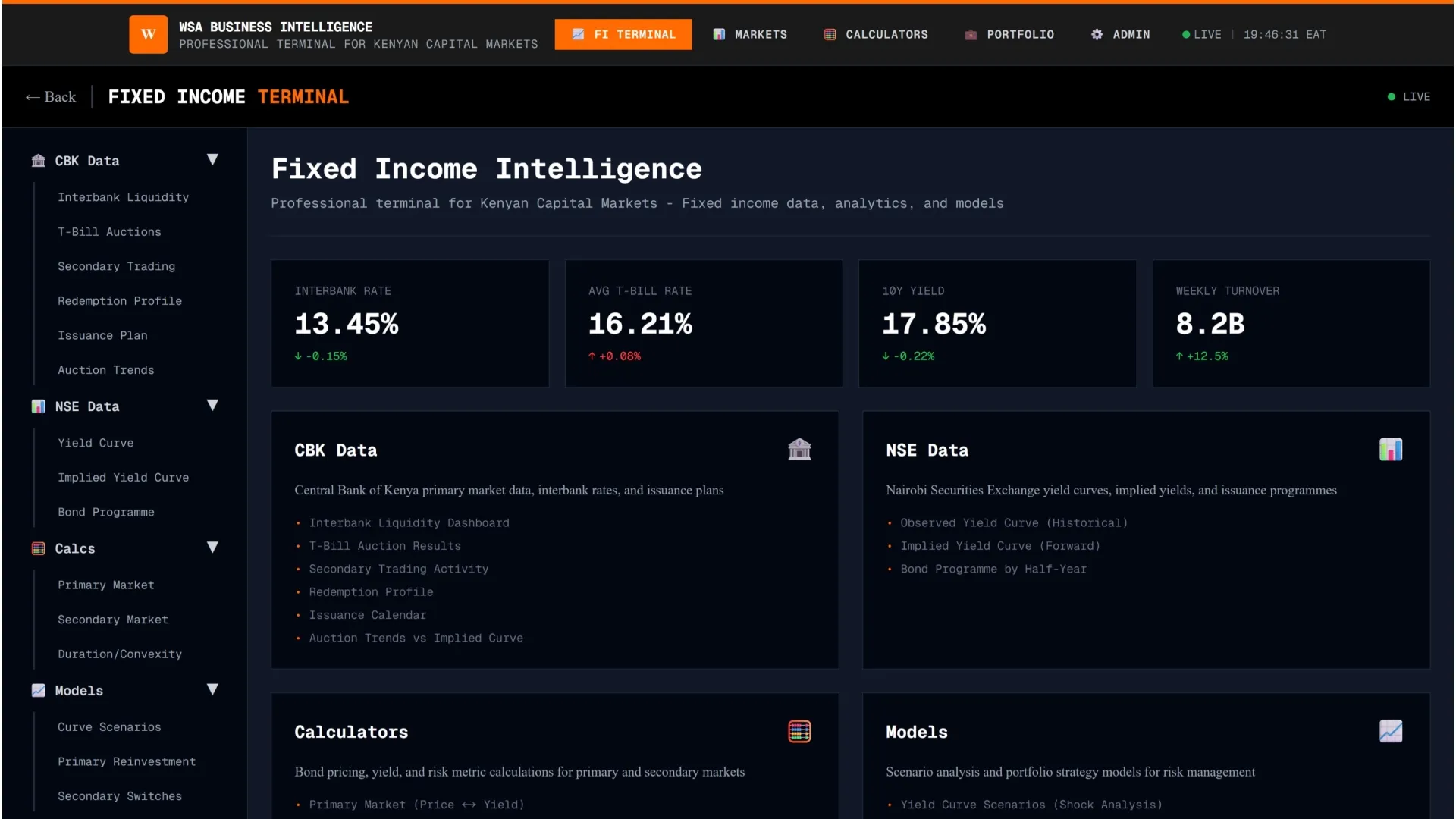Kenya’s electricity reliability took a hit in the second half of 2024, with system losses averaging 24.2% and power outages lasting an average of 9.15 hours per month, three times the regulatory target, according to the Energy and Petroleum Regulatory Authority (EPRA).
- •System losses, which represent the amount of power lost before reaching consumers, peaked at 24.9% in July—far exceeding EPRA’s threshold of 17.5%.
- •The duration of power interruptions, measured by the System Average Interruption Duration Index (SAIDI), leaped from 8.77 hours in July to 10.62 hours in November, before slightly easing to 9.92 hours in December.
- •The frequency of blackouts also remained high, with the System Average Interruption Frequency Index (SAIFI) averaging 3.57 over the period, well above EPRA’s target of 1.63.
“In the period under review, 24.2% of the total energy purchased by the national utility was lost. This is an increase of one percentage point from the 23.2% recorded in a similar period in the last financial year. This is 6.7% above the threshold allowed by the Authority for the financial year 2024/2025 in the approved tariff,” EPRA stated.
The report categorized system losses into those that are technical or commercial in nature. Electricity is lost when it flows through aging transformers, overloaded lines, and weary switchgear.
Power is also lost through illegal connections, doctored meters, and billing loopholes, which turn the grid into an unintentional charity for the unscrupulous. Both instances lead to immense wastage as the value of electricity purchased is diminished and the costs are added onto customers’ bills.
Pundits have predicted that reducing system losses to 14.5% could save consumers KSh6 billion annually. Moreover, power outages affect businesses that rely on electricity for production—suppressing revenues and industry commitments.
Several solutions have been geared to improve electricity reliability including smart meters for industry and small commercial customers and efforts to curb illegal connections.
The government has sought to refurbish power lines over the years but due to the capital intensive nature of these projects, it has resorted to Public-Private Partnership (PPP) arrangements. However, most of these deals—the most recent being the proposed investment by Adani Energy—have not easily garnered public acceptance.





